Entry Type: Place
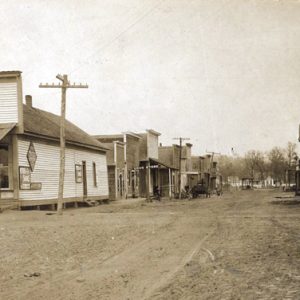 Belleville Street Scene
Belleville Street Scene
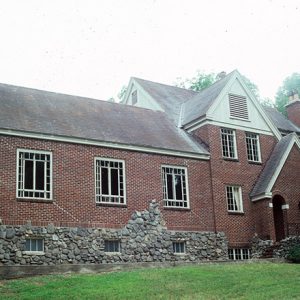 Bellingrath House
Bellingrath House
Belmont (Pulaski County)
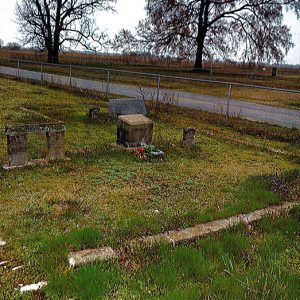 Belmont Cemetery
Belmont Cemetery
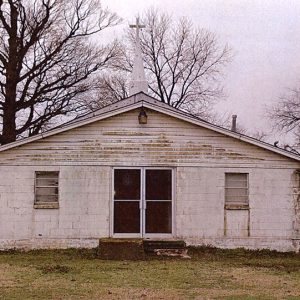 Belmont Church
Belmont Church
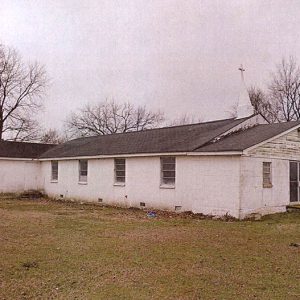 Belmont Missionary Baptist Church
Belmont Missionary Baptist Church
 Belotti Vineyards
Belotti Vineyards
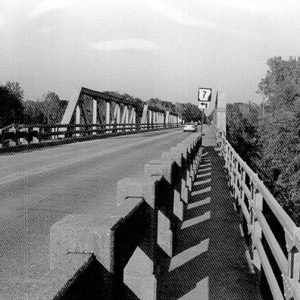 Ben Laney Bridge
Ben Laney Bridge
Ben Lomond (Sevier County)
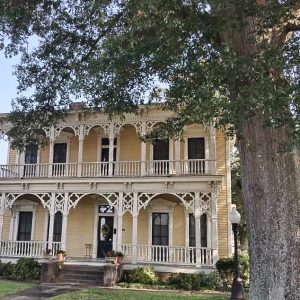 Benjamin Clayton Black House
Benjamin Clayton Black House
 Bennett Campaign Headquarters
Bennett Campaign Headquarters
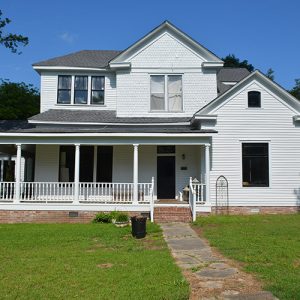 Bennett House
Bennett House
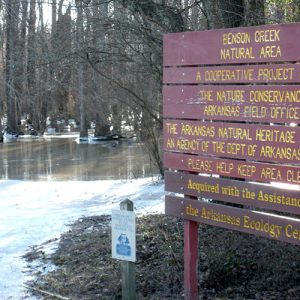 Benson Creek Natural Area
Benson Creek Natural Area
 Edwin Bentley House
Edwin Bentley House
Benton (Saline County)
 Benton Campus
Benton Campus
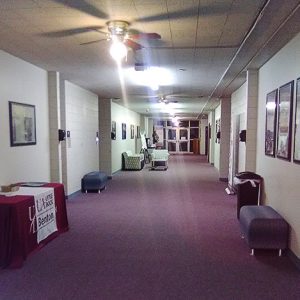 Benton Campus Interior
Benton Campus Interior
 Benton Center
Benton Center
Benton Commercial Historic District
Benton County
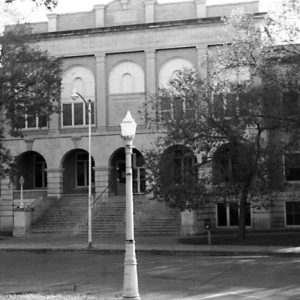 Benton County Courthouse
Benton County Courthouse
 Benton County Poor Farm Cemetery
Benton County Poor Farm Cemetery
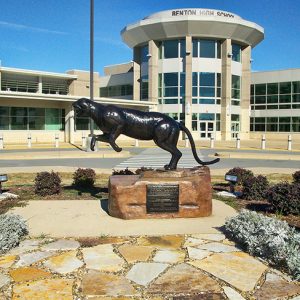 Benton High School
Benton High School
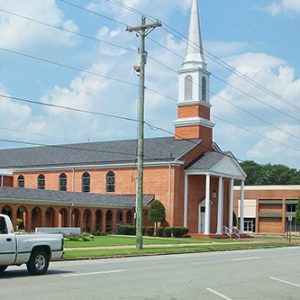 Benton Methodist Church
Benton Methodist Church
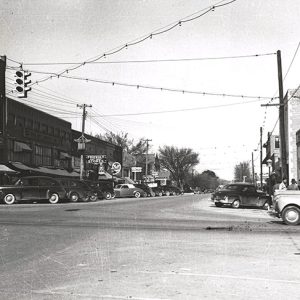 Benton Street Scene
Benton Street Scene
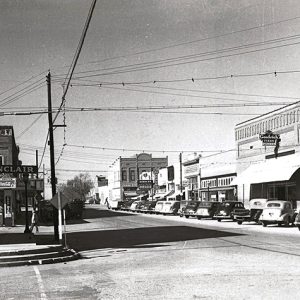 Benton Street Scene
Benton Street Scene
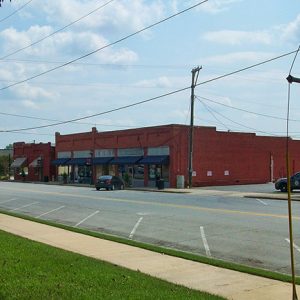 Benton Street Scene
Benton Street Scene
 Benton Street Scene
Benton Street Scene
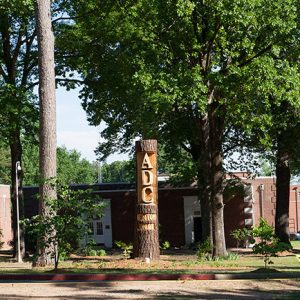 Benton Work Release Center
Benton Work Release Center
Bentonville (Benton County)
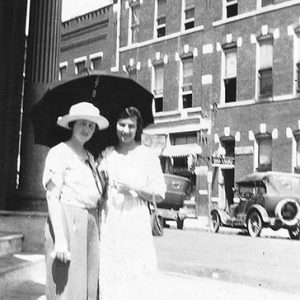 Bentonville Main Street, 1921
Bentonville Main Street, 1921
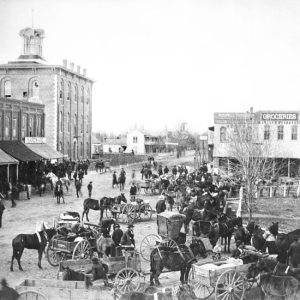 Bentonville City Square
Bentonville City Square
Bentonville College
 Bentonville College
Bentonville College
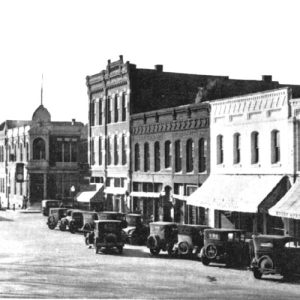 Bentonville Street Scene
Bentonville Street Scene
Bergman (Boone County)
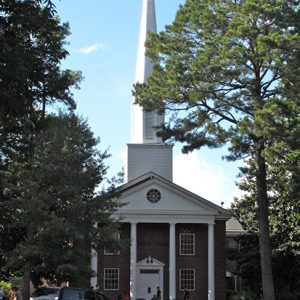 Berry Chapel
Berry Chapel
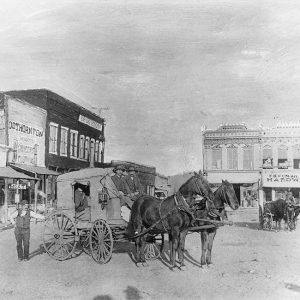 Berryville Public Square
Berryville Public Square
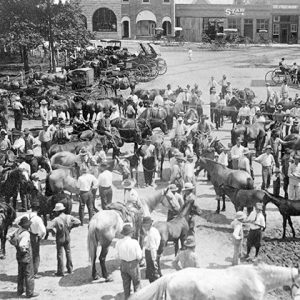 Berryville, 1908
Berryville, 1908
Berryville (Carroll County)
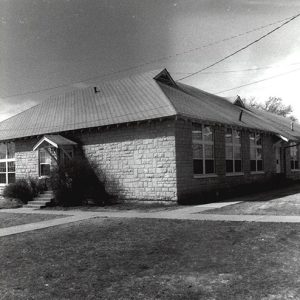 Berryville Agricultural Building
Berryville Agricultural Building
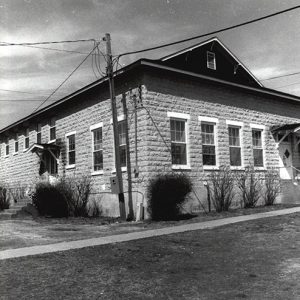 Berryville Gymnasium
Berryville Gymnasium
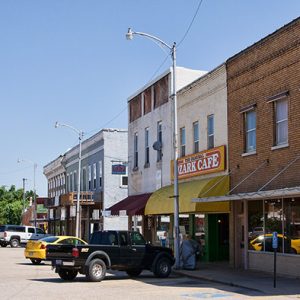 Berryville Street Scene
Berryville Street Scene
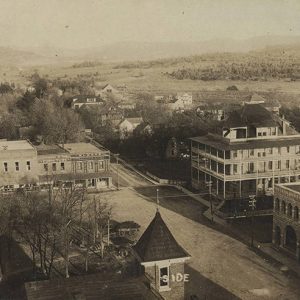 Berryville Street Scene
Berryville Street Scene
 Berryville Street Scene
Berryville Street Scene
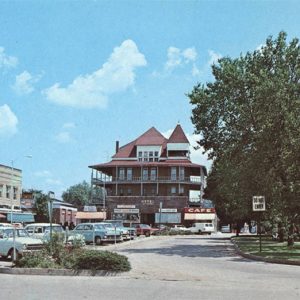 Berryville Street Scene
Berryville Street Scene
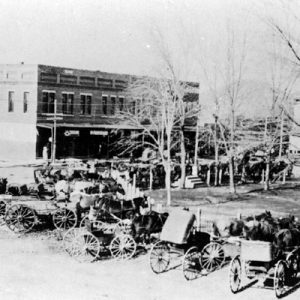 Berryville Town Square
Berryville Town Square
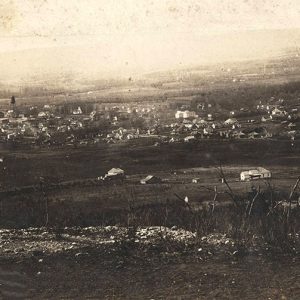 Berryville View
Berryville View




